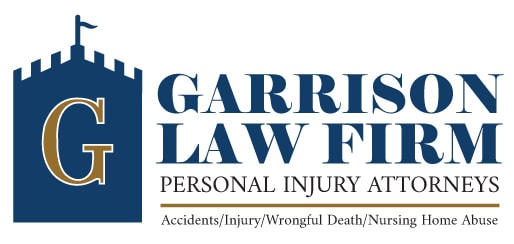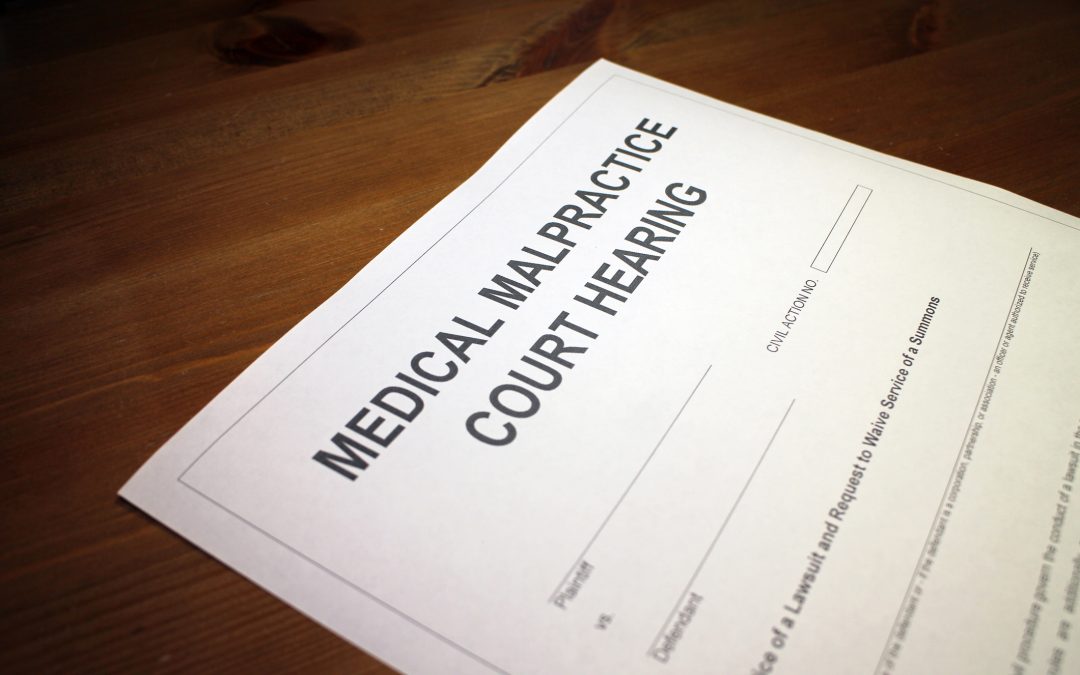Medical malpractice is a highly complex area of law that intersects healthcare practices with legal standards. Navigating these cases requires a clear understanding of both medical procedures and the legal responsibilities of healthcare providers.
What is Medical Malpractice?
Medical malpractice occurs when a healthcare provider—such as a physician, nurse, or medical facility—fails to meet the accepted standard of care, resulting in harm to a patient. This standard is defined by what a reasonably competent provider would do under similar circumstances and varies depending on the specific condition and treatment involved.
Key Elements of a Medical Malpractice Claim
To establish a valid medical malpractice claim, four essential elements must be present:
-
Duty of Care: A formal relationship between the patient and provider existed, establishing a duty to deliver appropriate care.
-
Breach of Duty: The provider failed to act in accordance with the accepted medical standard of care.
-
Causation: This breach directly caused harm or injury to the patient.
-
Damages: The patient suffered measurable losses—physical, emotional, and/or financial—as a result of the injury.
Evaluating Damages in Malpractice Cases
Patients harmed by malpractice may be eligible to recover both economic and non-economic damages. Economic damages include expenses such as medical bills and lost wages, while non-economic damages address pain and suffering, emotional distress, and diminished quality of life. State laws may impose caps on certain damages, making legal guidance essential in determining the full extent of recoverable losses.
Common Examples of Medical Malpractice
Medical malpractice can arise from a variety of situations, including:
-
Misdiagnosis or delayed diagnosis
-
Surgical errors
-
Medication administration mistakes
-
Anesthesia complications
-
Birth-related injuries
-
Failure to obtain informed consent
Each of these errors can lead to significant and lasting harm, highlighting the importance of pursuing timely and well-supported legal action.
Why Timing is Critical
Medical malpractice claims are subject to strict time limitations known as statutes of limitations. These deadlines vary by jurisdiction and can be influenced by factors such as the date of discovery of the injury. Failing to file within the required timeframe can permanently bar a claim, underscoring the importance of prompt legal action.
The Legal Process in Malpractice Cases
Litigating a medical malpractice claim involves detailed legal and factual analysis. Demonstrating a breach in the standard of care often requires testimony from medical professionals, and calculating damages involves extensive documentation of financial and non-financial impacts. Each phase—from initial investigation to negotiation or trial—demands careful preparation and a methodical approach.
Consult Garrison Law Firm
If you believe that you or someone close to you has been harmed due to medical negligence, it is important to act without delay. At Garrison Law Firm in Peoria, AZ, we assist individuals in understanding their legal options and pursuing appropriate remedies.
Call us today at 623-915-1100 or complete our online form to schedule a confidential consultation.



